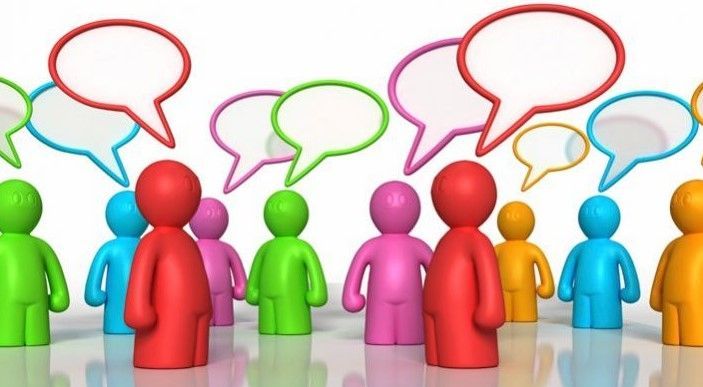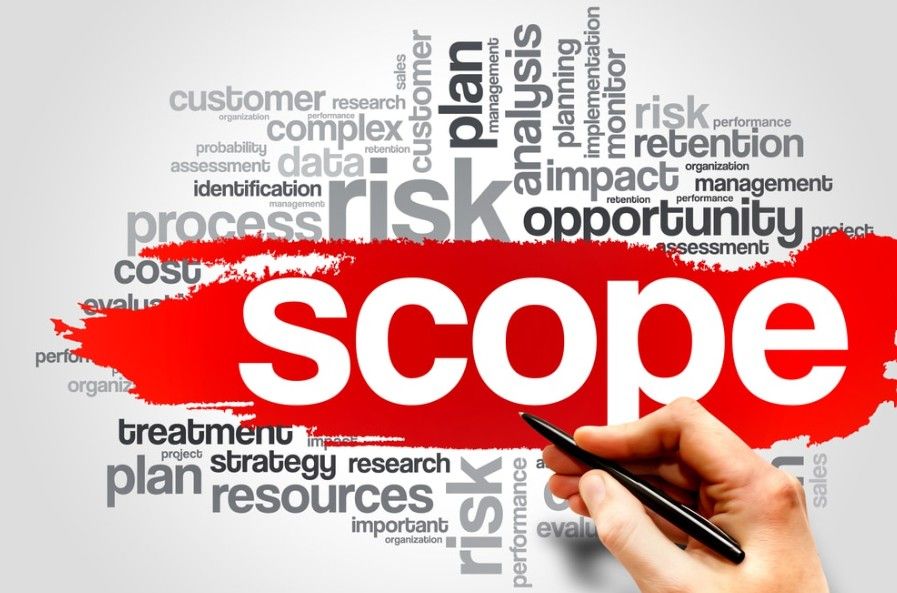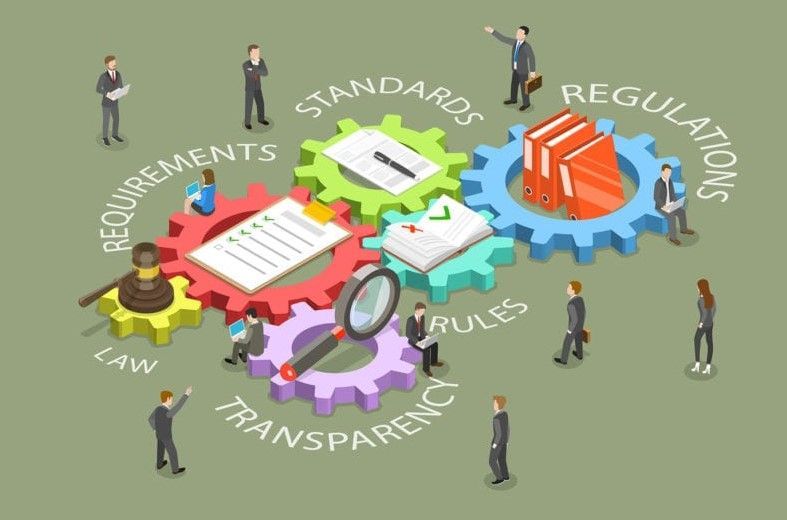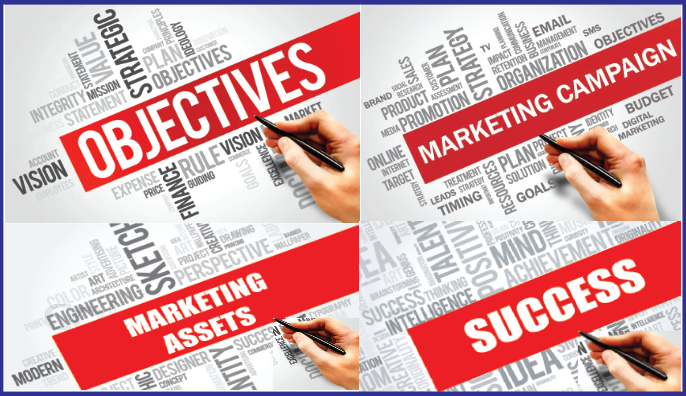The Great E-Mail Marketing Myth
June 17, 2025
Mourn no more. Reports of the death of e-mail have been greatly exaggerated.
When it makes sense for one of our clients, we’ll suggest a nurture marketing program, often involving an e-mail newsletter or, more often, a column by-lined by the client. When we do, the client’s response is almost always a variation of “E-mail? I thought that didn’t work anymore.” Followed by: “We want to use social media–you know, Facebook, Twitter.”
Yes, Facebook and Twitter can be key planks in a marketing platform. We use social media, too–again, when it makes sense for the client. We also use snail mail and calling campaigns when they make sense. E-mail does still work when it’s used in the right way for the right reasons.
What are the right reasons?
Our firm serves the business-to-business world. Our clients’ sales are complex, not transactional as in retail, and large. Sales cycles can be long, risk to the buyer is usually high, final decisions will probably be made by committees, not individuals. Credibility and visibility– regular visibility–become critical.
To build credibility , value must be delivered during the sales process and, at least in our minds, direct marketing is clearly part of the sales process. Thought leadership, useful information, and advice become essential. If a reader recognizes your e-mails as valuable, he’ll open them. Regular visibility is a requirement because significant time can elapse between business-to-business purchases. Even if a prospect liked your product or service when she first heard about it, or maybe when you presented, she must remember you at the exact time she has a need that your company can satisfy. If not, she’ll likely find someone else.
Regular e-mails will keep you top of mind when a prospect’s top priority is a problem you can solve. But they must deliver value. They can’t be strictly promotional. Our monthly column on sales and marketing, Productive Insights , is a clear example. Two or three times a year a prospect or client who’s been reading the columns regularly, sometimes for years, calls or e-mails us. All of a sudden he has just the kind of problem we solve: low or slow sales, not enough qualified leads or appointments, and ineffective marketing.
In B-to-B marketing campaigns, 95 percent of participants say they use e-mail, reports a 2015 Direct Marketing Association study. Telephone campaigns make use of e-mail 94 percent of the time. In our experience setting sales appointments and generating leads, clients who use a phone-e-mail combination do enjoy increased response. E-mail is nearly 40 times more effective in acquiring customers (probably “consumer” customers) than Facebook and Twitter combined, according to McKinsey, the consulting firm. (See Why Marketers Should Keep Sending You E-Mails.)
The “E-mail is dead” mantra , clearly, is not being chanted by professional marketers, including us. Why? Because e-mail works when used at the right time and in the right way.
Scott Pemberton is a senior consultant at Productive Strategies, a management and marketing firm with expertise in consultative sales training, appointment setting and lead generation, and marketing and marketing communications. He can be reached at spemberton@productivestrategies.com or 847-446-0008.
The post The Great E-Mail Marketing Myth appeared first on Productive Strategies, Inc..










